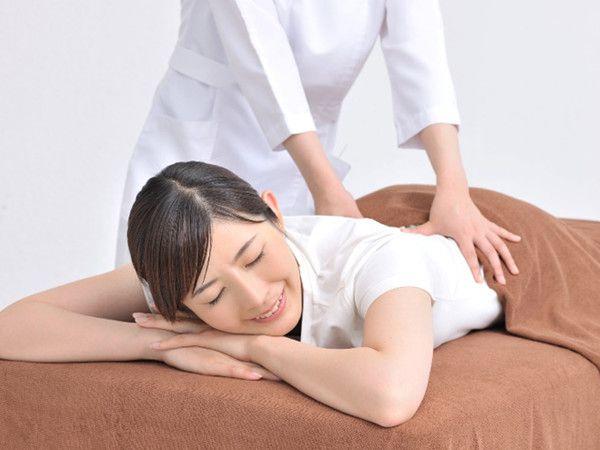Mastering Reflexology Techniques for Beginners

Reflexology, an old healing technique that dates back hundreds of years, has actually obtained restored interest in the modern-day world as people look for alternate techniques for boosting their health and wellness and health. This holistic therapy is based upon the concept that specific points on the feet, ears, and hands match to different body organs and systems within the body. By applying pressure to these factors, specialists aim to promote healing, ease stress, and recover equilibrium to the body.
The origins of reflexology can be traced back to ancient worlds, consisting of Egypt and China. In reality, a pictograph found in the burial place of an Egyptian medical professional, dating around 2330 BC, depicts what seems a reflexology treatment. Over the centuries, numerous cultures have actually created their own forms of pressure factor treatment, but it wasn’t till the very early 20th century that reflexology as we understand it today started to materialize.
Dr. William Fitzgerald, an American ear, nose, and throat physician, is attributed with introducing “zone therapy” to the Western globe in the early 1900s. His work was later on improved and expanded upon by Eunice Ingham, often described as the “mother of contemporary reflexology.” Ingham established thorough maps of response factors on the hands and feet, which create the basis of modern reflexology practices.
The core idea in reflexology is that the body is adjoined, which by boosting particular response factors, one can affect the functioning of corresponding organs and systems. The tips of the toes are believed to correspond to the head, while the round of the foot is associated with the chest and lung area. By applying pressure to these locations, reflexologists intend to clear energy obstructions, enhance blood circulation, and promote the body’s natural recovery procedures.
While 秋葉原 on reflexology is continuous, many individuals report experiencing a series of gain from normal sessions. These might include lowered tension and anxiety, enhanced rest high quality, enhanced blood circulation, and remedy for different kinds of pain, including migraines and menstruation pain. Some individuals additionally locate reflexology practical in managing signs associated with chronic problems such as fibromyalgia and joint inflammation.
A regular reflexology session usually lasts in between 30 mins to an hour. The therapy itself entails using varying degrees of pressure to particular factors on the ears, hands, or feet, depending on the type of reflexology being exercised.
It’s essential to note that while reflexology can be an important complement to standard healthcare, it should not be deemed a replacement for specialist clinical suggestions or therapy. Always consult with a medical care service provider prior to beginning any new health and wellness regimen, especially if you have pre-existing clinical conditions or are expectant.
As rate of interest in holistic health and wellness practices remains to grow, reflexology is likely to maintain its appeal as a gentle, non-invasive technique to promoting total health. Whether you’re seeking stress and anxiety relief, discomfort management, or simply a means to recharge and relax, discovering the ancient art of reflexology could just be the action in the direction of better wellness you’ve been seeking.
Over the centuries, numerous cultures have actually established their very own forms of stress point treatment, however it wasn’t until the very early 20th century that reflexology as we understand it today started to take shape.
Ingham established detailed maps of response points on the feet and hands, which form the basis of modern reflexology practices.
The core idea in reflexology is that the body is interconnected, and that by promoting specific reflex factors, one can influence the performance of corresponding body organs and systems. The therapy itself involves using differing levels of pressure to specific factors on the ears, hands, or feet, depending on the kind of reflexology being exercised.
